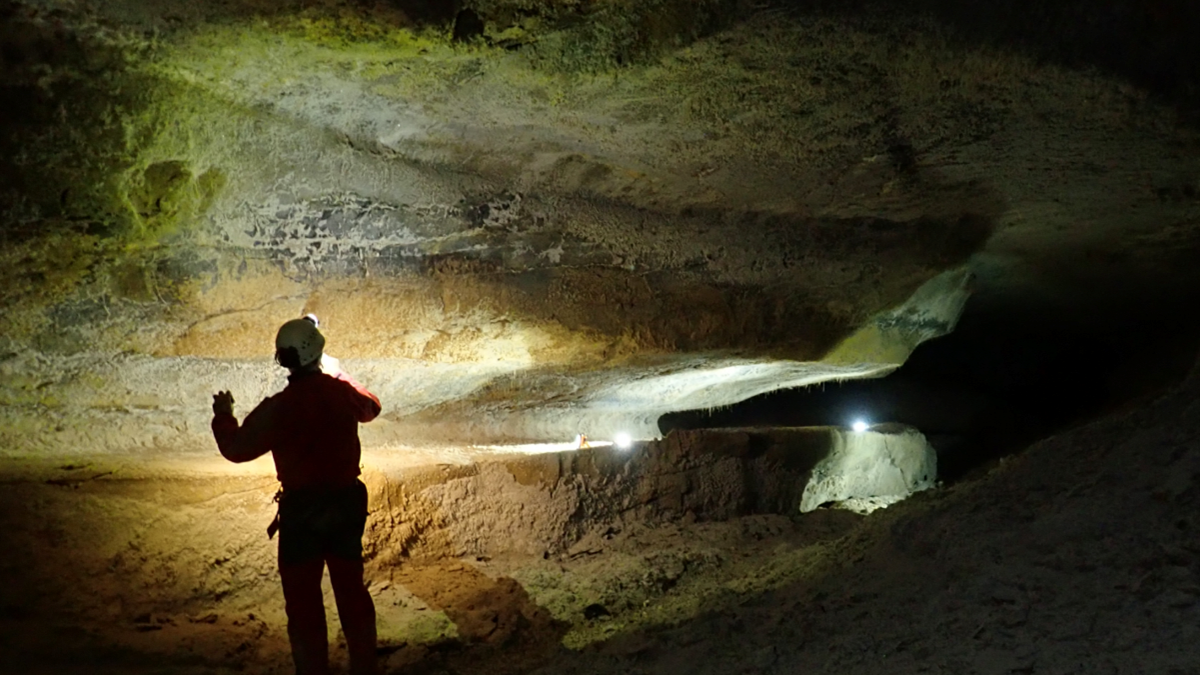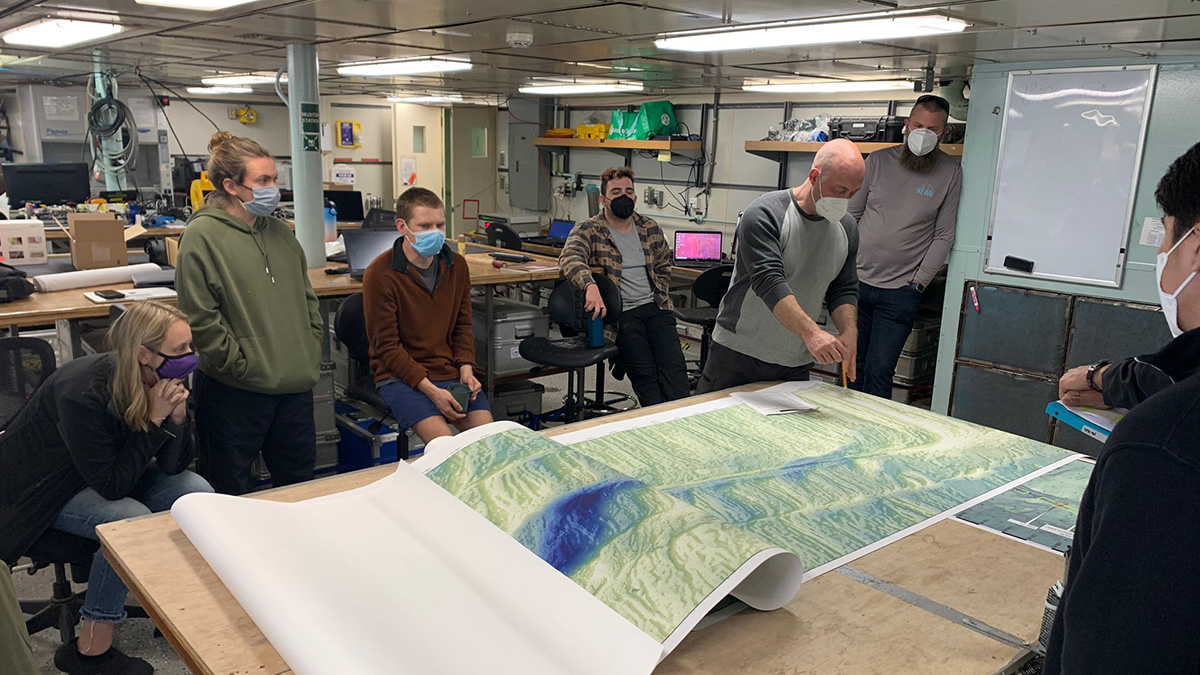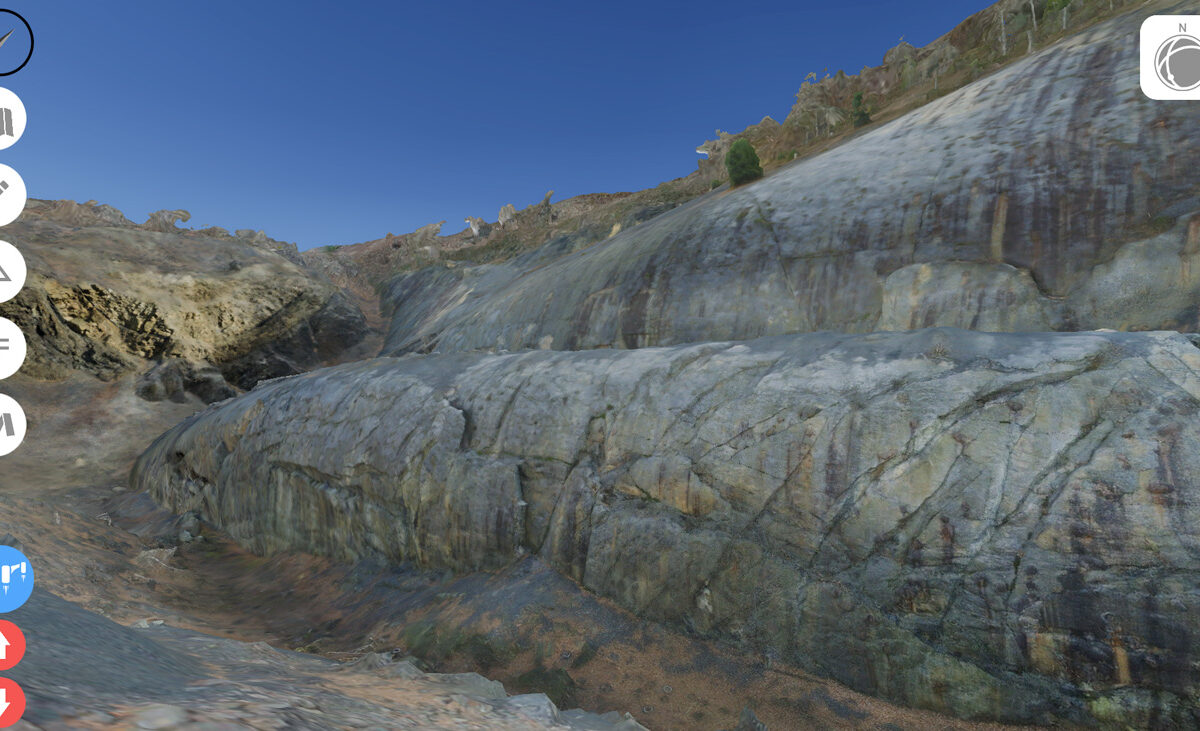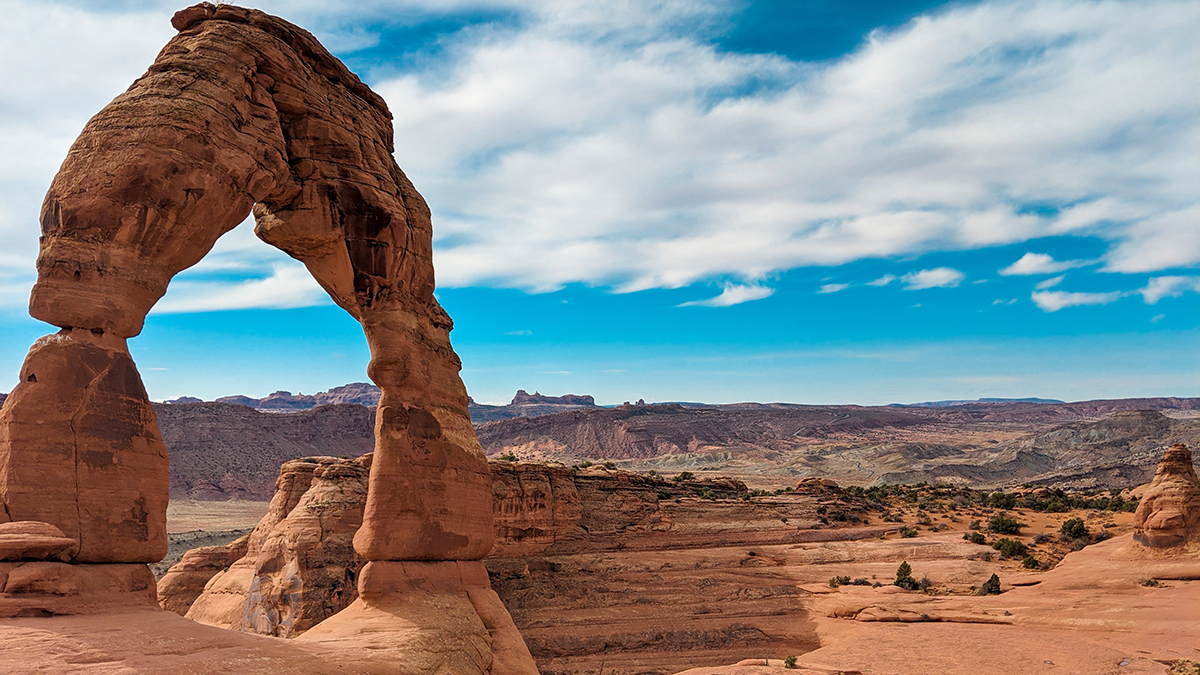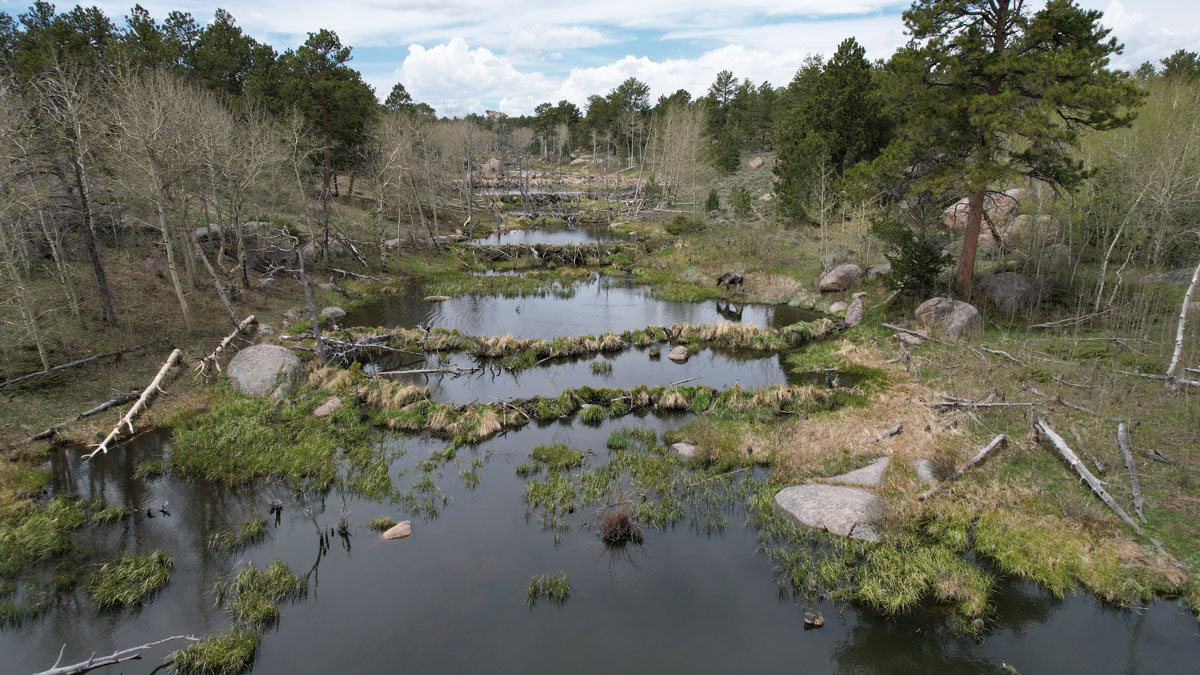Radar data from storm-tracking scientists reveal that twisters’ winds churn 30% faster near Earth’s surface than above 100 meters, where measurements usually are taken.
fieldwork
Searching for the Sculptor of France’s Caves
Spelunking scientists searched for the original source of the French Pyrenees’ magnificent caves.
“Icefin” Investigates a Glacial Underbelly
An instrument-laden submersible reveals where—and how rapidly—the Antarctic glacier is melting.
Observing a Seismic Cycle at Sea
Scientists organized a trio of expeditions to document the buildup of stress leading to a large earthquake on a seafloor fault, developing innovations for successful seagoing research in the process.
Climate Extremes Threaten California’s Central Valley Songbirds
A “nestbox highway” in California’s Central Valley is guiding songbirds to safe nesting sites and giving scientists a peek at fledgling success in a changing climate.
Baked Contacts Focus a Lens on Ancient Lava Flows
Two studies, conducted 40 years apart, show how combining field observations and thermal modeling can reconstruct the history of massive lava flows and how they altered the surrounding landscape.
The Rise of Gaming-Based Virtual Field Trips
Geologists are harnessing a game engine to build environments for teaching and learning.
Selectively Logged Forests Are Not Broken
Borneo’s logged forests are buzzing with life and have unrealized conservation potential.
How Can We Sample More Ethically?
Ryan-Davis and Scalice describe a path towards sampling more ethically, going beyond legal permitting requirements to engagement of Indigenous expertise and respect of peoples’ relationship to place.
Scientists EEAGER-ly Track Beavers Across Western United States
Efficiently tracking nature’s engineers—beavers—at the scale of entire watersheds over time is now possible, thanks to a new artificial intelligence–trained model called EEAGER.


